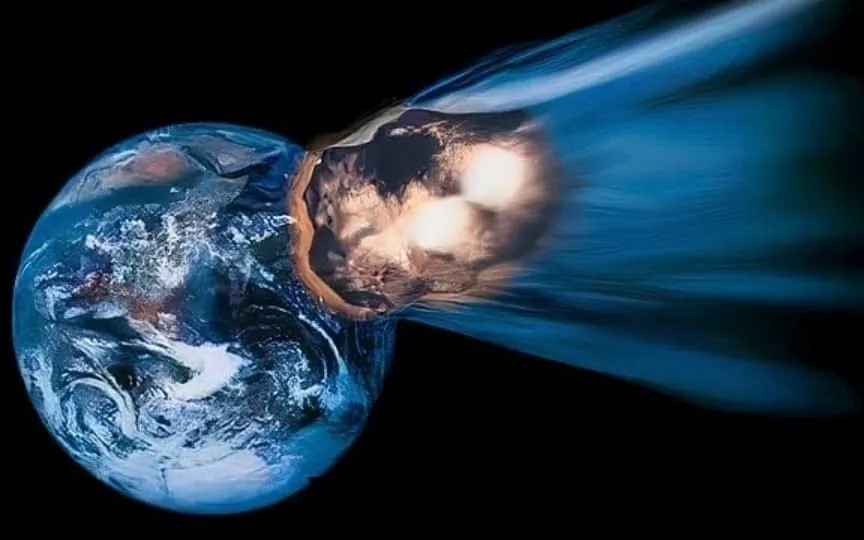Asteroid 95-feet in size to make a close pass by Earth – Speed and other details
According to NASA, asteroids are remnants of the early formation of our solar system about 4.6 billion years ago. These rocky and airless objects are primarily found in the main asteroid belt between Mars and Jupiter, but their orbits occasionally bring them near Earth. Therefore, it is crucial to monitor and track these asteroids for any potential dangers. NASA employs a range of ground and space-based telescopes to study them.
Using high-tech instruments such as the Wide-field Infrared Survey Explorer (WISE) and the Asteroid Terrestrial Impact Last Alert System (ATLAS), NASA has revealed details of the asteroid that will make its closest approach to Earth today. .
About Asteroid 2022 BS2
According to NASA, Asteroid 2022 BS2 is a near-Earth asteroid expected to make its closest approach to Earth today, August 11. During its approach, it will come within 6.6 million kilometers of the planet. Although not impressive, this distance is enough to classify it as a near-Earth object.
According to NASA, Asteroid 2022 BS2 is nearly 95 feet across, making it almost the size of an airplane! It belongs to the Apollo group of Near-Earth Asteroids, which are space rocks that pass through the Earth and whose semi-major axes are larger than the Earth’s axis. These asteroids are named after the huge 1862 Apollo asteroid discovered by German astronomer Karl Reinmuth in the 1930s.
According to NASA’s Minor Planet Center, this asteroid orbits the Sun every 380 days. This space rock was observed on January 27, 2022.
Did you know?
In a study published in the journal Monthly Notices of the Royal Astronomical Society, MIT researchers have developed a new method for studying the internal structure of a space rock, based on how an asteroid’s rotation direction changes when it approaches a huge celestial body. like a planet. This will help to understand the internal structure of the asteroid as well as the mass distribution, which can help in future DART missions.
A team of MIT researchers aims to apply this research to a near-Earth asteroid called Apophis. While this asteroid isn’t expected to hit Earth anytime soon, a slight deviation in its trajectory could send it hurtling towards the planet.




